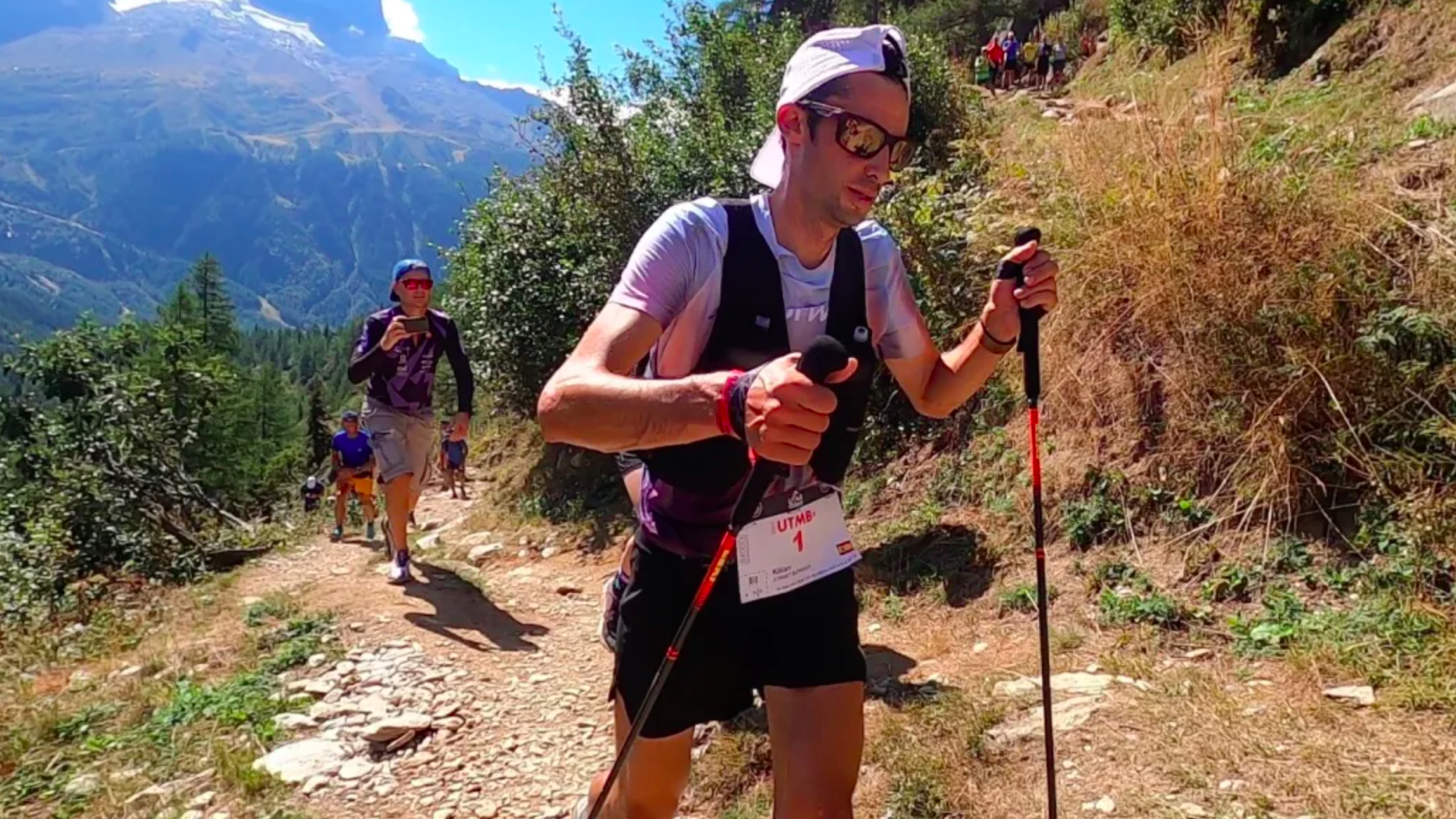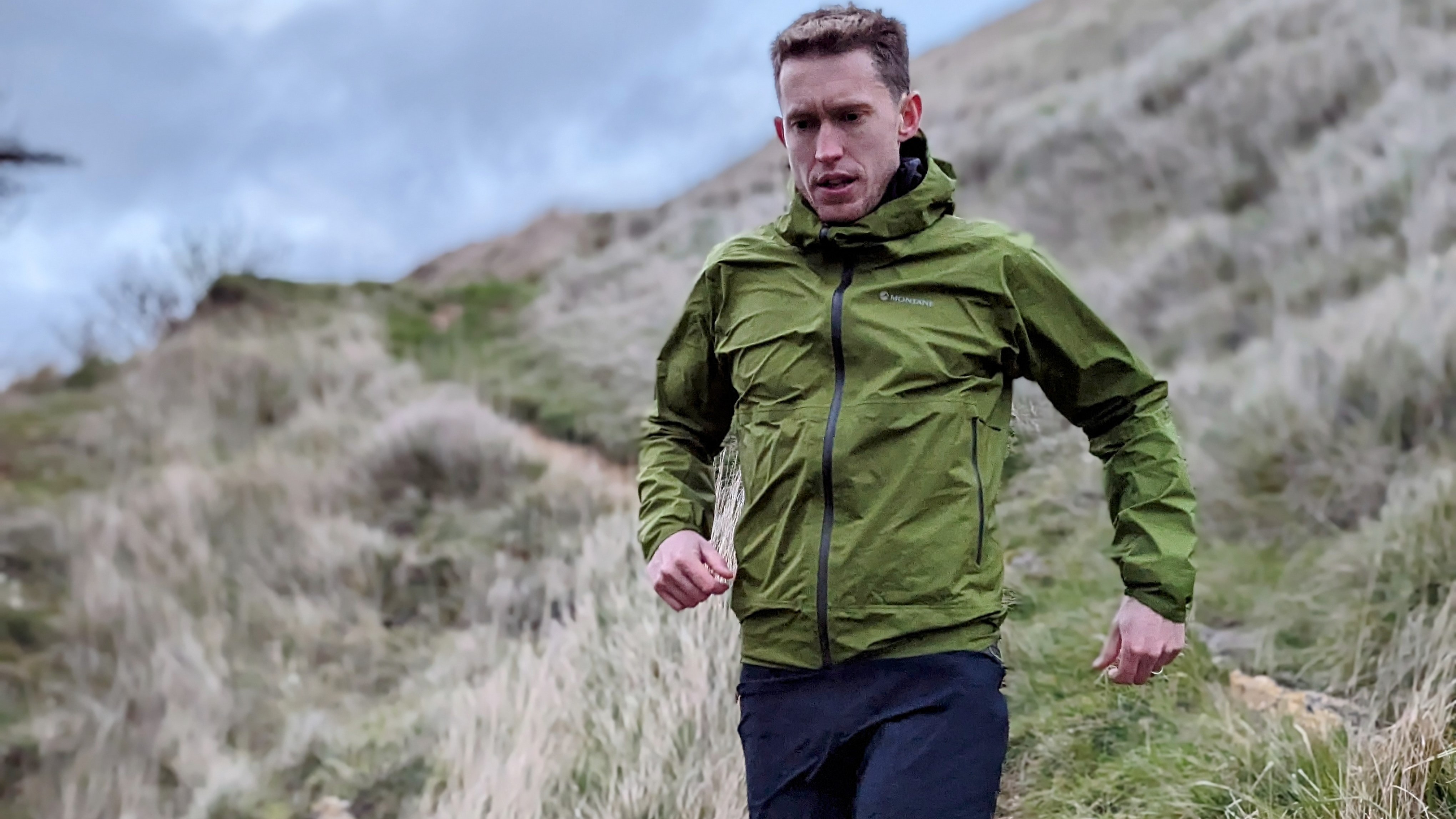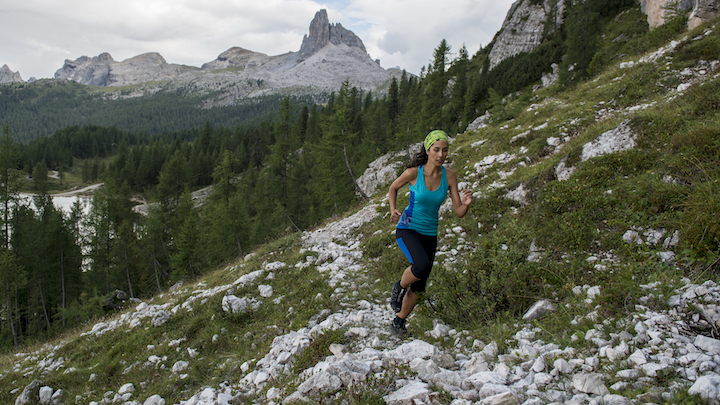From injury to fueling failures, these are the top reasons runners DNF – plus how to make it to the finish line
A survey of 1,200 runners reveals the top reasons for a DNF and we consider if and how to avoid some of these pitfalls of running

When you’re training for a running race, you might be trying to win, set a personal best, a Fastest Known Time or even just trying to make the cutoff. What you’re definitely not aiming for is a DNF.
DNF stands for Did Not Finish and it’s what you’ll see next to your name on the race report if your race day doesn’t go to plan. Races can consume a runner’s life for many months as they sacrifice time with friends and family to put in hundreds of hours of training and burn through pricey trail running shoes and not finishing can be devastating. However, it’s also a pretty common event if you’re a competitive runner and you might be wondering what you can do to reduce your chances of a DNF. Why do people not finish a race anyway? Understanding this at the offset can be a good way to give yourself an advantage on race day.
Luckily for us, in 2022 the American Trail Running Association surveyed nearly 1,200 runners to get some answers. Out of the participants, a whopping 59.5 percent said they had posted a DNF at some point in their career, with 28 percent reporting one DNF and 32 percent having more than one DNF. The majority of DNFs occur once runners reach the half marathon level and instances increase with distance. The following are some of the main reasons reported for a DNF, plus what you might be able to do, if anything, to sidestep these pitfalls on race day.

1. Injury – 27%
It will probably come as no surprise to you that nearly one third of DNFs – in fact, the majority of them – arise due to injury. Any time you embark on a repetitive, high impact sport like running, you run the risk of developing an injury and add to that the possibility of uneven ground in a trail running race and the chances increase.
A 2002 analysis of running injuries examined two years worth of data and found that some of the most common running injuries include runner's knee, IT band syndrome, plantar fasciitis, meniscus injuries and shin splints. No surprises there.
Here’s the thing: running injuries can just happen. You can do everything right in the lead up to and during a race and still develop a stress fracture or sprain your ankle on the downhill. That said, there are steps you can take to reduce your risk of injury, such as giving yourself a lot of lead time to train and slowly increase your distance at a rate to which your body adapts, strength training and choosing your running shoes wisely. Learn more in our article on trail running injuries and how to avoid them.

2. Didn’t make cutoff time – 24%
Nearly a quarter of DNFs were the result of runners just being too slow. Most races will have a cutoff time after which you cannot qualify as a finisher and, even if you make it to the finish a few moments later, your race will be officially considered a DNF. Bummer. For the London marathon, you have eight hours to finish, the Leadville 100 gives you 30 hours and the UTMB cutoff is 33 hours.
Advnture Newsletter
All the latest inspiration, tips and guides to help you plan your next Advnture!
Obviously, the main strategy to work on here is your pacing. Part of your training plan will need to involve figuring out your average pace as well as what your race pace needs to be to finish comfortably before the cutoff time and making sure you train at race pace one or two times a week.
A common mistake in a race is to start too fast, so remember to adhere to the wisdom of start slow, finish fast (otherwise known as running a negative split) and have a game plan for the big day. Learn more in our article on setting a good running pace, and how to get faster.

3. Fell ill – 20%
A bit like injuries, falling ill on race day often comes down to pure bad luck, though it’s always a good idea to take extra care of your health in the week leading up to your race to avoid getting run down (and yes, we understand this is impossible if you have young children). Get as much sleep as you can, eat nutritious food and minimize stress.
There is one “illness” that strikes during a race that you might be able to avoid, however, and that’s runner’s diarrhea. Though it might not be bad enough to make you DNF, sometimes it is, and it’s important to avoid triggering foods like too much fiber, caffeine, fatty foods and sweeteners before your race. If this is an ongoing problem for you, read our article on dealing with the runners trots for some advice from a nutritionist and make sure you eat familiar food on the day before and morning of your race.
4. Pain in feet or legs – 15%
In a long race, a bit of pain in your feet or legs would be no great surprise, but it can be bad enough that it curtails your competition. If you experience bad pain during a race, it is a good reason to pull out – we recently spoke to James Nobles about his DNF at the Montane Winter Spine race and his foot pain turned out to be a stress fracture, which isn’t something you want to keep running on.
Sadly, this is another occurrence that may be impossible to avoid on the day, but needless to say that giving yourself plenty of lead time in training will help, as stress fractures and soft tissue injuries can often be the result of too much load too soon, or not giving your body time to adapt to increasing demands.

5. Weather – 12%
This one all comes down to what you mean by weather. Was it icy and you hadn’t brought running crampons? Or was it dangerously hot? Extreme weather conditions can make race day unsafe – runners often suffer from heat related illness during summer races and one tragic ultramarathon in China in 2021 saw 21 runners die due to freezing rain, high winds and hail. The conditions really can be the problem, and you can’t control the weather, but there are a few things you can do.
First, if you know you’re likely to be running in hot weather, try doing heat training to increase your resistance to heat and, of course, tackle hydration like it’s your job. Check the weather forecast before your race and make sure you have appropriate clothing, such as a running jacket, tights and running gloves for colder weather. Finally, only sign up for well-organized and managed races where you know the organizer will cancel if weather conditions are likely to be unsafe.
6. Didn’t feel like running any more – 11%
Honestly, we can’t really argue with this one. No matter if you’re running a marathon or a 100k, it’s just a lot of time to think about whether you actually want to be doing what you’re doing and if you decide the answer is “no,” walking off the course seems a reasonable response. Perhaps you can buy a bike and take some weight off your legs or get a pair of hiking boots, slow down and smell the roses instead.
That said, if it’s mostly a case of your mind saying “I don’t want to do this because it’s hard and I am not worthy” then it could be worth trying practices like meditation and visualization to help yourself get in a more performance-enhancing mindset before you start.

7. Got lost – 6%
Getting lost on a race is much more likely to happen in an ultramarathon than a regular road race and it can be a devastatingly disappointing way to lose time and not finish. On the other end of the spectrum, ultra runner Renee McGregor has ranked highly in some pretty rugged races, from Snowdonia to the Himalayas, and she’s described making the podium in a gnarly race where the majority of participants took a wrong turn. Her advantage? She checked out the race course ahead of time. Always recce your route thoroughly and carry navigational tools like a map and compass to help you stay on route.
8. Course was harder than expected – 5%
A small but not insignificant number of runners drop out because the race is harder than they expected, and this of course can be a hazard of doing a so-called destination race where you’re unable to properly train in the conditions you’re going to be racing in. If you want to finish, it’s a good idea to choose a race that’s on terrain and in weather you can train in. It is possible to train elsewhere and succeed – again you could try heat training for warmer races while training at high altitude may give you an advantage for a low elevation race.
You may also be able to head to your race destination a few weeks early, though even this may not be enough time to properly train and adapt. All of that said, you can’t plan for every eventuality and people frequently race in unfamiliar conditions and win, but this is another one that calls for recce-ing your route in advance and making a plan so that you’re training for the unique demands of the course, whether that’s vertical feet, cold weather or high altitude.

9. Ran out of water or food – 5%
Running out of food or water isn’t just a silly rookie mistake; it can be dangerous. It’s not always your fault – when ultra runner Katie Knight was attempting to set a new FKT on the 70-mile Backbone trail, she discovered her crew chief had not planned proper drop spots for water, and she found herself tackling 12-mile sections in the middle of the day in the heat without any water.
Dehydration is a serious condition for runners and you should plan your fuel with your support team as carefully as you plot your racing strategy. Know exactly what you need to carry in terms of running gels and salt tablets, stop at every aid station for hydration and again only join reputable, well-organized races to ensure you have enough support.
Julia Clarke is a staff writer for Advnture.com and the author of the book Restorative Yoga for Beginners. She loves to explore mountains on foot, bike, skis and belay and then recover on the the yoga mat. Julia graduated with a degree in journalism in 2004 and spent eight years working as a radio presenter in Kansas City, Vermont, Boston and New York City before discovering the joys of the Rocky Mountains. She then detoured west to Colorado and enjoyed 11 years teaching yoga in Vail before returning to her hometown of Glasgow, Scotland in 2020 to focus on family and writing.

